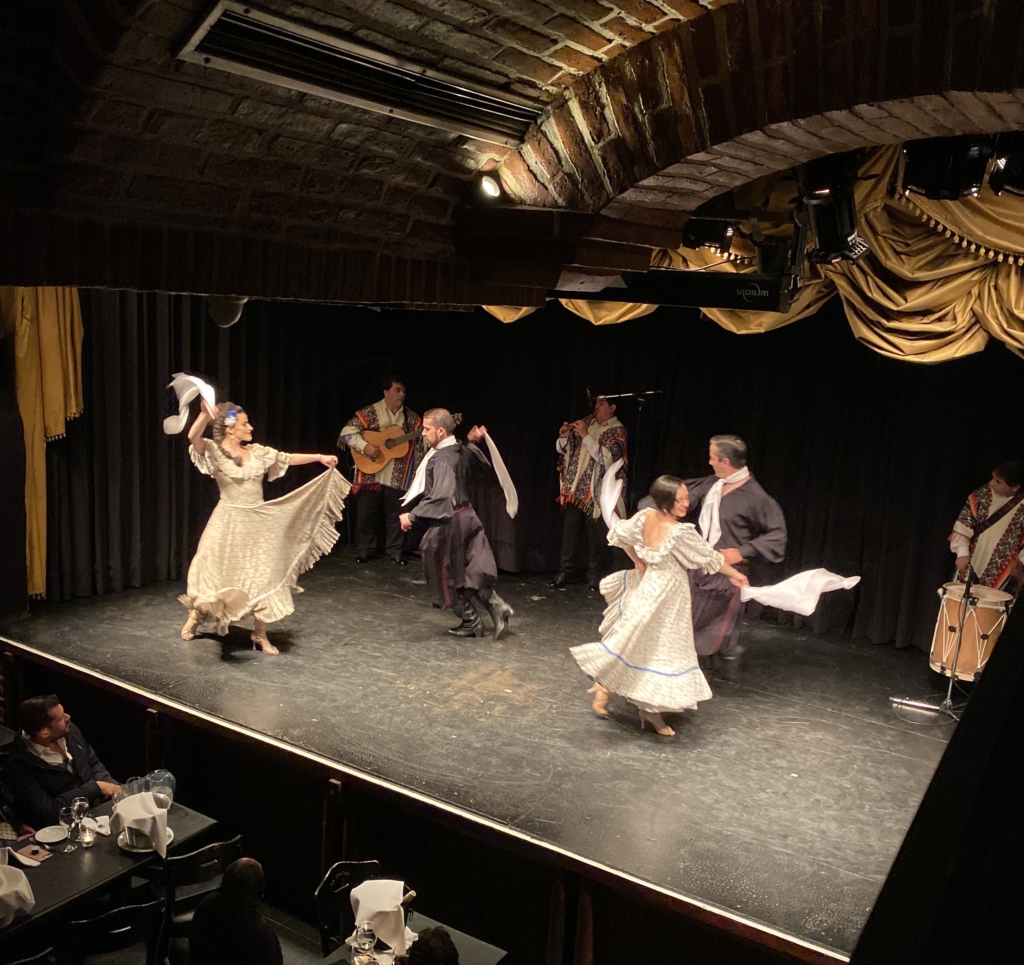
¡Hola Mi gente! I was very young the first time I heard French-Argentinian singer, songwriter Carlos Gardel, the most important figure in the history of tango. My dad loved his music and I remember the soothing, romantic tunes coming out of the radio often. Papi used to say that one day, he wanted to go to Argentina. Some years later, he got his wish. I was so happy for him and my mom!
Fast forward a few more years, during my adventures in South America, my husband and I got to see a tango show in Buenos Aires and thought fondly of my dad and my childhood memories. We also toured the city and learned so much about its history and the many cultural influences that have shaped it. Did you know that the city is divided between North and South?. The north part of the city is more affluent, boasting buildings built by the wealthy French immigrants that came to the country in the late 18th century. Their homes were like mini castles. Today, they are not owned by families but they house embassies or diplomats, even a museum.
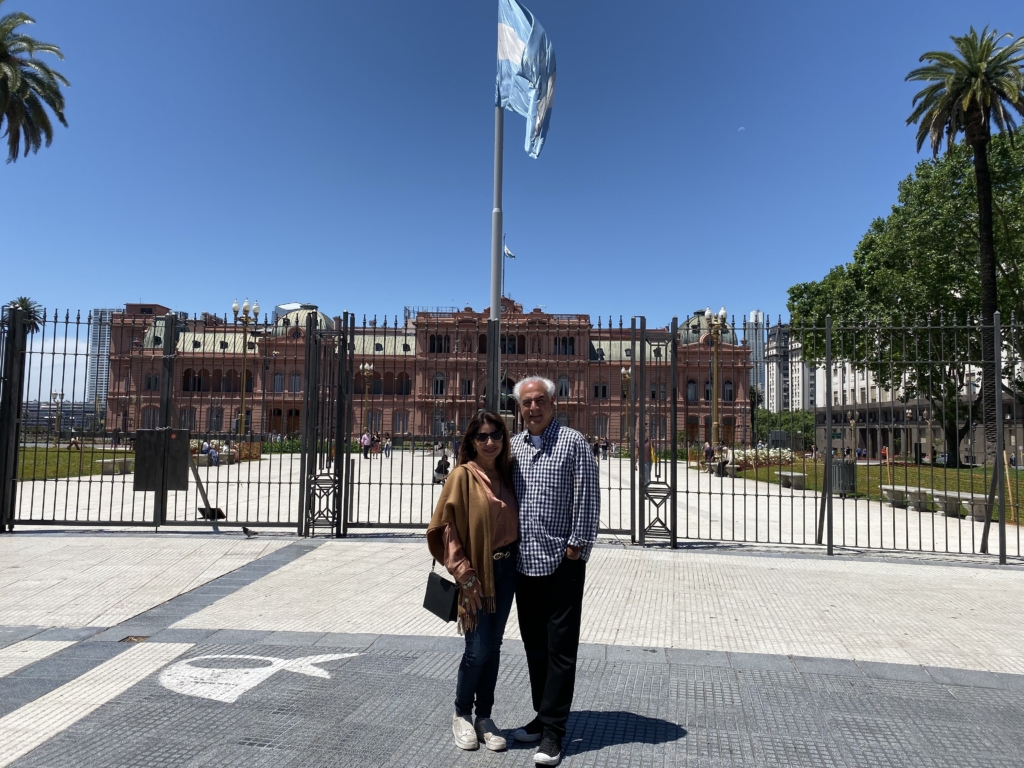
Buenos Aires architecture is known as eclectic in nature, resembling structures found in Paris and Madrid. But there is also the Italian influence that increased at the beginning of the 19th century. The south part is more modern and filled with skyscrapers and more high technology buildings created by Argentine architects. The North is home to Plaza de Mayo, where different cultural festivals are celebrated every Sunday, (we were there when they had the Lebanese Festival), el Teatro Colón, the Holy Trinity Cathedral, a beautiful Obelisk, considered a national historic monument and an icon of Buenos Aires, located in the Plaza de la República intersecting the two mayor avenues: Avenida Corrientes and Avenida 9 de Julio, and the Palace of Justice, among other historical buildings and monuments.
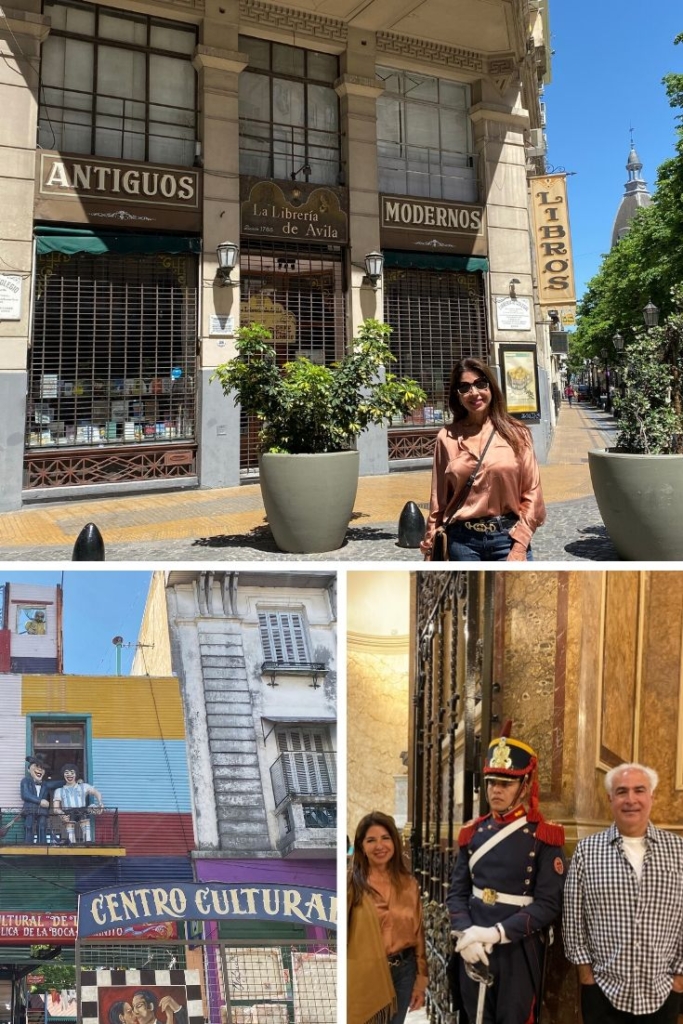
The South part is the home of La Boca, a colorful and charming working-class neighborhood near the Riachuelo River, this was the neighborhood where new Italian immigrants first established themselves when they arrived in Buenos Aires. Lots of steakhouses, tango music blasting everywhere and street artists featured their work in the Caminito street, a narrow alley surrounded by brightly painted zinc shacks that honored the district’s early immigrant days. Statues of prominent Argentinians adorn the area, including Padre Francisco, (Pope Francis), Maradona and Evita. The most important featured? La Bombonera or La Boca Stadium, home of the Boca Juniors Soccer Team. There is also the Modern Art Museum called Fundación Proa.
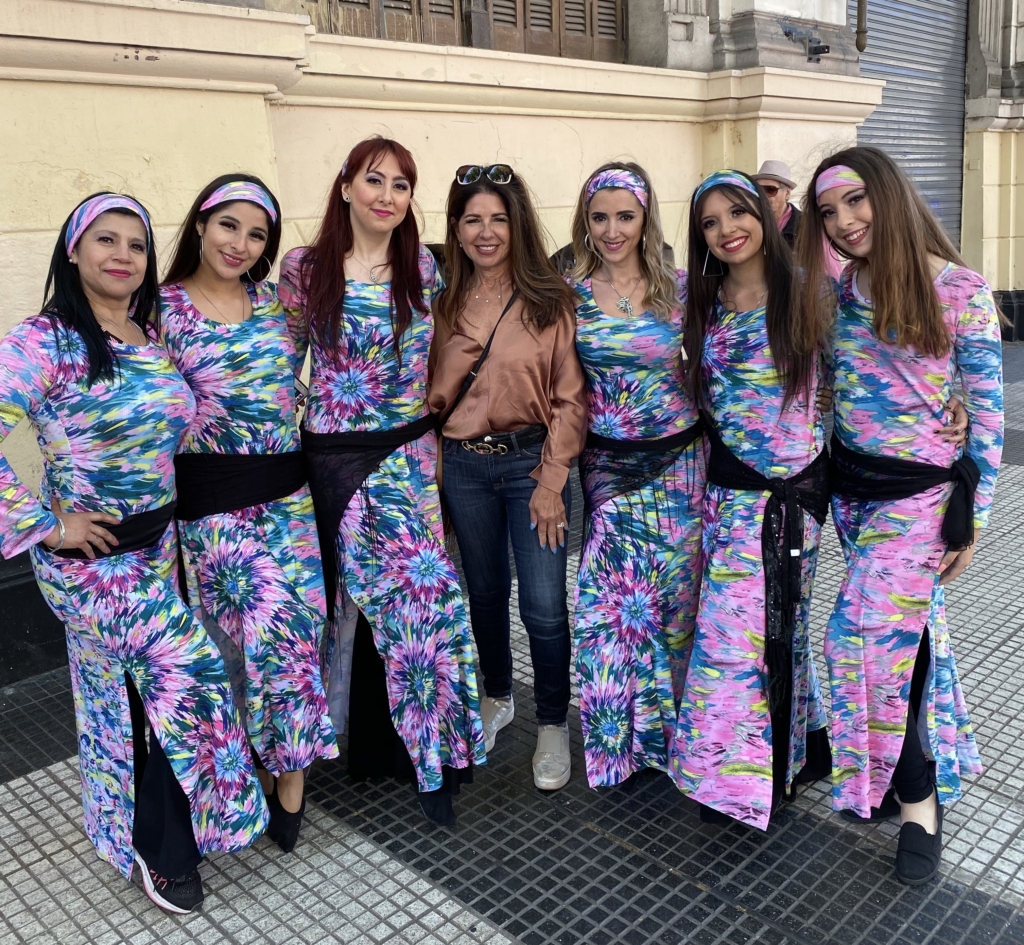
Then there is the newer part of Buenos Aires called Puerto Madera where all the streets are named after women. This waterfront neighborhood is the most modern barrio in Buenos Aires, where old warehouses are now apartments, restaurants or offices. It reminded us of DTLA!
Not to miss is the Recoleta Cemetery where well known Argentinian people are buried, including Evita Duarte de Perón. This place boasts large exterior gravesites and listed as one of the 10 most beautiful cemeteries in the world. Hollywood Forever Cemetery, anyone?
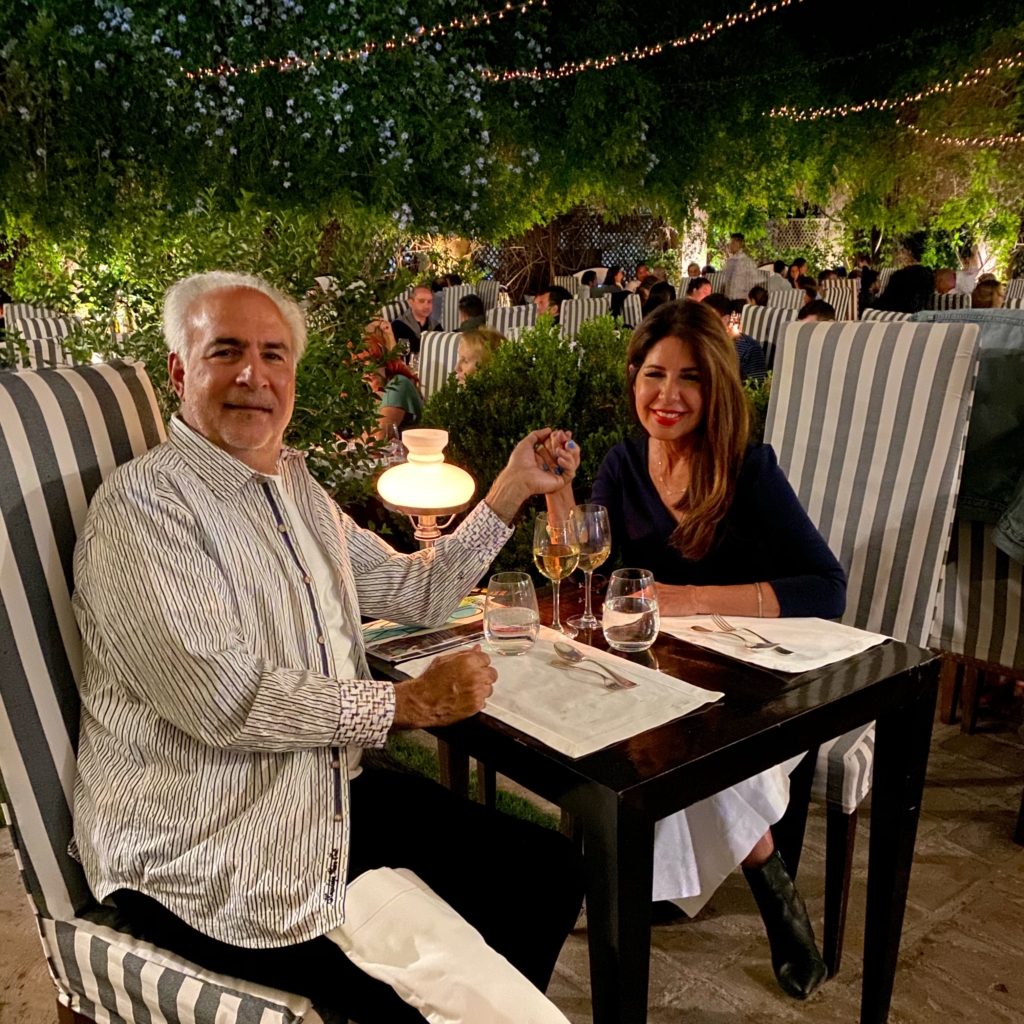
We loved that Buenos Aires is a multicultural, vibrant and, progressive city with many ethnic and religious groups and were several languages including Spanish, are spoken on a daily basis. The people are friendly and the food is oh so good!!! We must have had Argentinian empanadas in 6 or 7 different places and they were all yummy and tasty. Pizza too!! And yes, the meat is also good! Favorite restaurants in Buenos Aires: Don Julio, Guerrin, Piegari, SanJuanino, among many others. Enjoy the photos! More coming soon with a message en español. Besos

